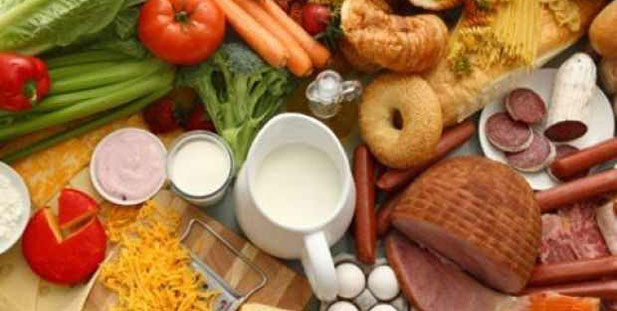Nutrition Myths

Nutrition Myths
• Eating celery burns calories; celery contains only a few calories, but it does not burn existing calories.
• Eating beans or legumes are an adequate substitute protein; animal proteins, such as meat or fish, contain necessary amino acids that aren’t found in beans or legumes.
• Fresh carrots are healthier than cooked carrots; actually, cooking helps unlock the betacarotene, so cooking carrots increases the nutritional value.
• Removing chicken skin before cooking reduces fat; cooking chicken with the skin on helps preserve freshness and retain nutrients. Keep the skin on while you cook the chicken, and remove it prior to eating.
• Avoid carbohydrates for good health; carbohydrates are one of the body’s main energy sources and are an essential part of any diet. To stay healthy, try to use whole wheat flour and brown rice.
• Margarine contains fewer calories than butter; actually, margarine and butter have the same amount of calories.
• Nuts are unhealthy; nuts can actually help prevent cardiovascular disease. You can incorporate nuts into your diet as a mid-day snack, as long as you don’t eat more than 30g a day.
• Milk adds to cold symptoms; milk has no effect on colds.
• Hot or spicy foods contribute to stomach ulcers; while spicy foods can cause colonic irritation, they have no effect on stomach ulcers.
• Eat less if you have a cold or a fever; actually, when you have a cold or fever, your metabolic rate increases, so you should eat more when you are sick.
From “Foods that Harm, Foods that Heal” by Lauren Gelman


